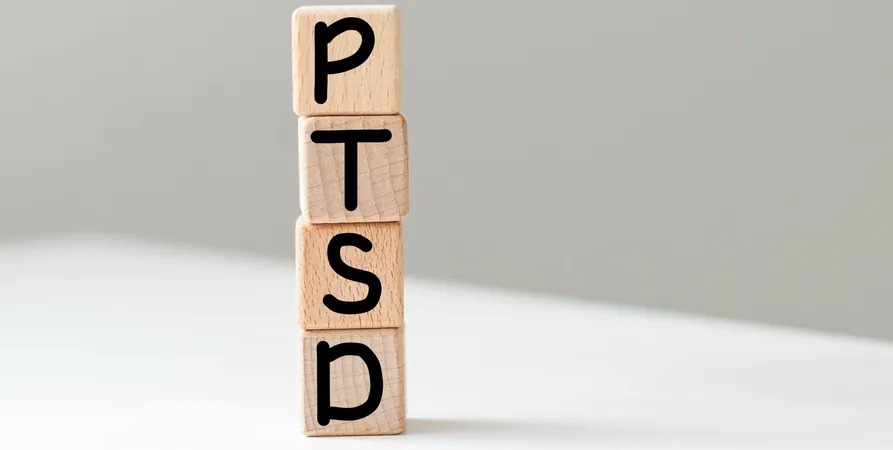
Unlocking the Brain: Could Striosomes Be the Key to Treating Mental Disorders?
2025-08-19
Author: Wei Ling
Breakthrough in Brain Science
In an exciting development, scientists have unveiled a groundbreaking computational model that sheds light on how the striosomal compartment of the brain's striatum influences our decision-making processes. This discovery holds significant promise for revolutionizing therapies aimed at psychiatric disorders.
The Puzzle of the Striatum
Researchers from the Icahn School of Medicine at Mount Sinai and the University of Texas at El Paso have collaborated to deepen our understanding of the striatum, a crucial part of the brain linked to impaired decision-making—particularly in conditions like post-traumatic stress disorder (PTSD). Their findings, published in Nature Communications, emphasize the therapeutic potential of manipulating striosome activity.
Dr. Ki Goosens, co-lead author of the study and an expert in pharmacological sciences, notes that, "While we know the striatum is vital for making cost-benefit decisions, its striosomal compartment's roles have been largely unclear. Our model reveals how striosomal activity impacts what factors we consider when making decisions."
Complex Decisions Unpacked
The striatum plays a multifaceted role in cognitive functions such as decision-making, motor control, and motivation. Researchers have traditionally struggled to differentiate the roles of striosomes and the surrounding matrix. However, utilizing a sophisticated model combining biological insights with mathematical theories, the team discovered that information regarding decision factors is processed within the striosomes, influencing how decisions are made.
High striosomal activity promotes simplified decision-making based on individual factors, but excessive stimulation can lead to hasty and reckless choices. Conversely, lower levels facilitate more nuanced decisions that evaluate numerous aspects, while very low activity can cause 'analysis paralysis,' resulting in delayed choices due to overwhelmed circuits.
Understanding Mental Health Relationships
Dr. Alexander Friedman, another co-lead on the study, highlights the implications of these findings for psychiatric disorders. He explains, "High striosomal activity may contribute to risky behaviors seen in conditions like PTSD and substance abuse, as individuals focus more on potential rewards and neglect associated costs. In contrast, low striosomal activity in depression can create hurdles as too many considerations complicate decision-making."
A New Path to Treatment
This innovative computational tool not only clarifies the nature of impaired decision-making in mental disorders but also underscores the need to explore variations in striosomal activity across different conditions. The research suggests that adjusting this activity could pave the way for novel treatments, ushering in a new era of understanding and potentially transforming therapeutic approaches to mental health.


 Brasil (PT)
Brasil (PT)
 Canada (EN)
Canada (EN)
 Chile (ES)
Chile (ES)
 Česko (CS)
Česko (CS)
 대한민국 (KO)
대한민국 (KO)
 España (ES)
España (ES)
 France (FR)
France (FR)
 Hong Kong (EN)
Hong Kong (EN)
 Italia (IT)
Italia (IT)
 日本 (JA)
日本 (JA)
 Magyarország (HU)
Magyarország (HU)
 Norge (NO)
Norge (NO)
 Polska (PL)
Polska (PL)
 Schweiz (DE)
Schweiz (DE)
 Singapore (EN)
Singapore (EN)
 Sverige (SV)
Sverige (SV)
 Suomi (FI)
Suomi (FI)
 Türkiye (TR)
Türkiye (TR)
 الإمارات العربية المتحدة (AR)
الإمارات العربية المتحدة (AR)